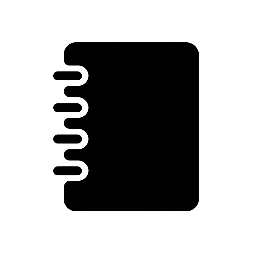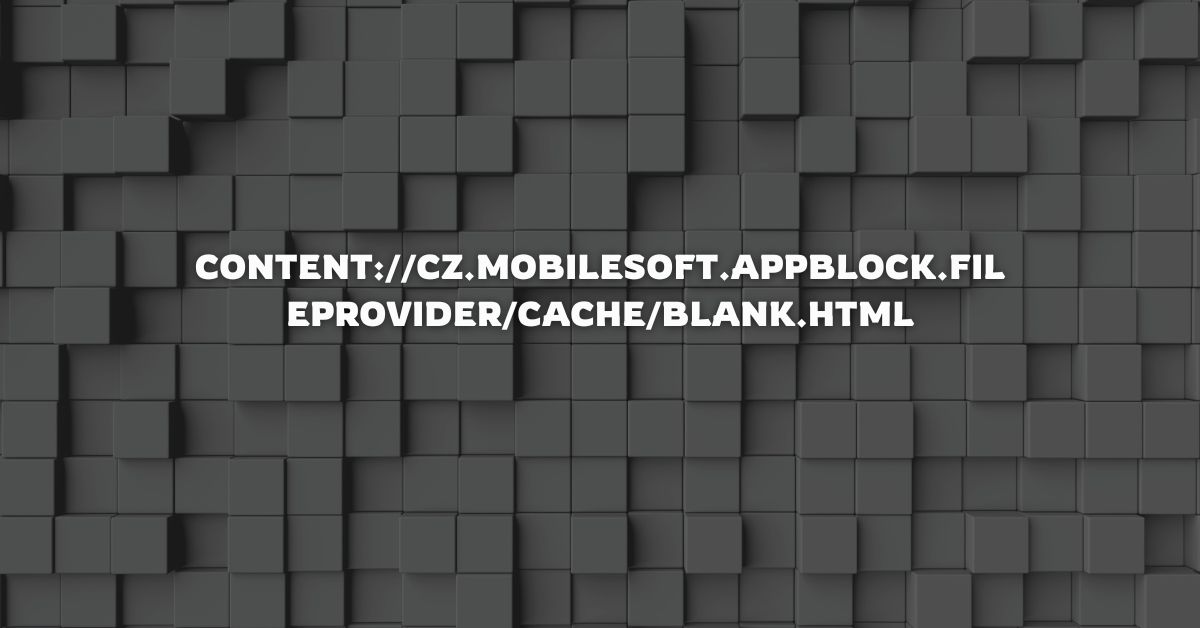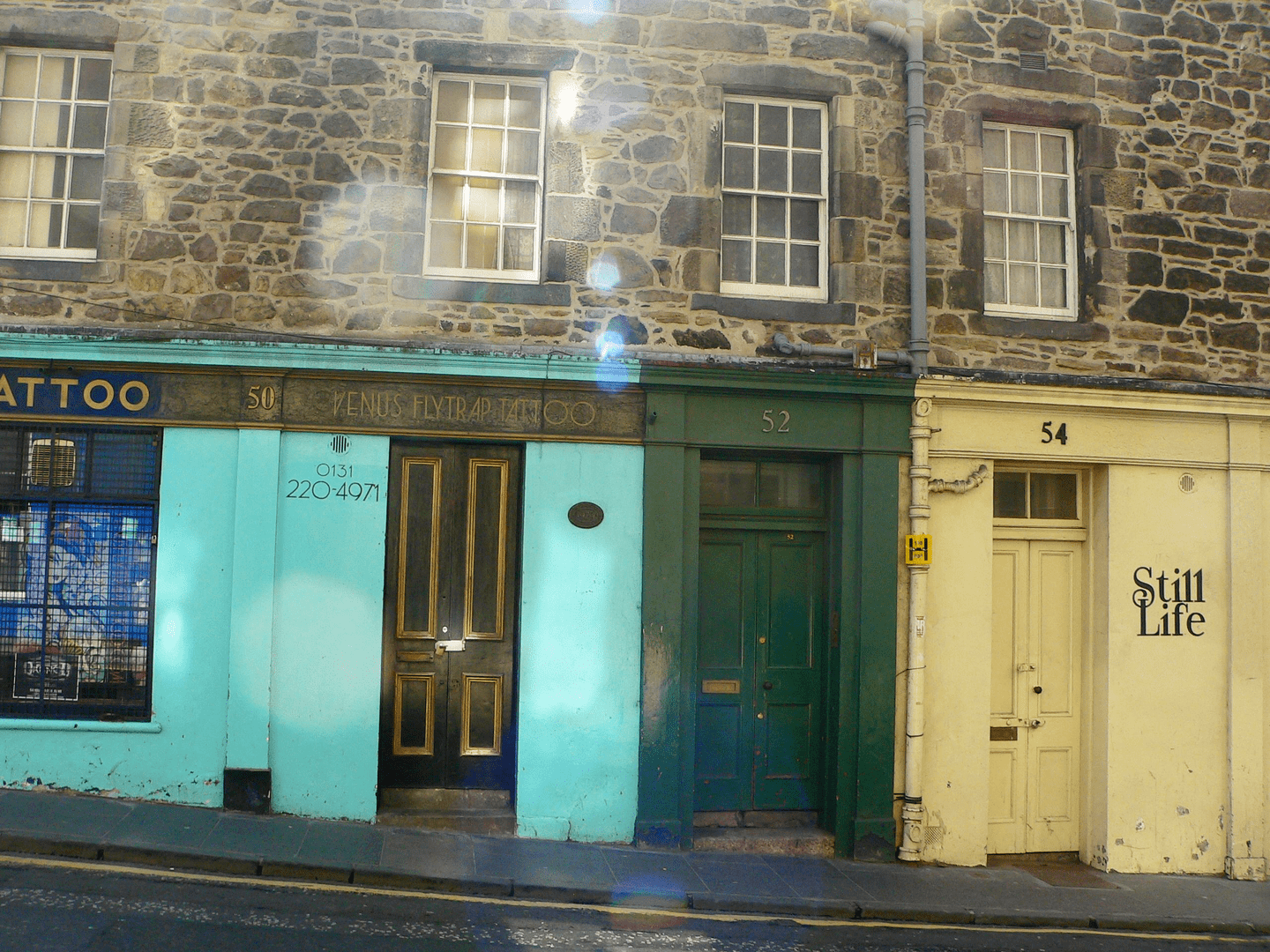AppBlock is a popular productivity app designed to help users stay focused by blocking distracting applications and notifications. Whether used by students, professionals, or digital detoxers, AppBlock provides tools for managing screen time. One component users may encounter, especially when exploring logs or file storage, is a unique path known as content://cz.mobilesoft.appblock.fileprovider/cache/blank.html.
This seemingly technical string plays a small but important role in AppBlock’s internal functionality. But what exactly is this path, and why might it appear on your device?
What Is content:// and Why It’s Important
To understand this path, let’s start with the content:// prefix. This indicates a content URI (Uniform Resource Identifier) used in Android operating systems. Unlike a regular file path, a content URI provides controlled access to app-specific files through the content provider system, a secure method for one app to share files with another.
In this case, cz.mobilesoft.appblock.fileprovider is the content provider tied to the AppBlock application, developed by the Czech company MobileSoft.
Dissecting the Full URI
Let’s break down the full path:
content://– Indicates it’s a content URI, not a standard file path.cz.mobilesoft.appblock.fileprovider– The package name and content provider authority specific to AppBlock./cache/blank.html– This points to a file namedblank.htmlstored in the app’s temporary cache directory.
This file, blank.html, is likely used as a placeholder or redirect when AppBlock blocks access to certain web content or URLs within apps.
What Is blank.html?
In many productivity and blocking applications, a blank.html file is a default web page that is displayed when content is blocked. Instead of letting a distracting app or site load, the app redirects the browser or app request to blank.html, which is essentially an empty or neutral page.
By referencing content://cz.mobilesoft.appblock.fileprovider/cache/blank.html, AppBlock ensures that users are not bombarded with unwanted media or pages during their scheduled block sessions.
Why You Might See This URI
There are several reasons why this URI might show up in your browser history, log files, or system data:
- AppBlock redirection – You tried to open a blocked website or application, and AppBlock intervened.
- Logging or debugging – If you’re a developer or have debugging tools enabled, these internal URIs may be logged for troubleshooting.
- Third-party monitoring apps – Apps that track user activity, for parental controls or self-monitoring, might log these URIs.
- Browser history sync – Occasionally, browsers may try to log what appears to be a page load, even if the actual page was just a blank redirect.
Is It a Security Risk?
No. Seeing content://cz.mobilesoft.appblock.fileprovider/cache/blank.html is not a virus, malware, or security threat. It’s a benign part of AppBlock’s design. Its presence usually means that AppBlock is working as intended—blocking content and displaying a placeholder instead.
However, if you see this repeatedly without using AppBlock, it might be worth checking your installed apps to see if AppBlock is running in the background or was previously installed.
Clearing or Removing the File
If you’re concerned about privacy or simply want to clean up your device, you can safely clear AppBlock’s cache. Here’s how:
- Go to Settings > Apps > AppBlock
- Tap Storage
- Select ‘Clear Cache’
This action will remove the blank.html file from the cache, though it may be recreated the next time AppBlock is used.
Developer Perspective
From a developer’s standpoint, content://cz.mobilesoft.appblock.fileprovider/cache/blank.html is a clever implementation detail. Rather than letting blocked web requests fail awkwardly, AppBlock serves up a known, controlled response. This helps keep the user experience smooth and predictable.
Using content URIs also ensures that file access is controlled via Android’s security framework. Only AppBlock and authorized apps can access or use this file.
Alternatives to AppBlock
If you’re curious about other apps that use similar functionality, several productivity tools adopt this method. Examples include:
- Freedom
- Stay Focused
- Digital Wellbeing (by Google)
Each of these apps may use its own version of a placeholder HTML page for blocking.
Conclusion
In summary, the URI content://cz.mobilesoft.appblock.fileprovider/cache/blank.html is a harmless but useful part of how AppBlock enforces its blocking features. It represents a blank page served by the app to intercept distracting content. While it might look technical or suspicious at first glance, it plays a valuable role in helping users stay focused and avoid digital distractions.




